The 100 Day Project

This is a stack of 100 freshly washed handkerchiefs.

and here they are ironed and ready for painting. I'm doing the #the100dayproject so every day I'll be posting a new painting on a handkerchief on my instagram. I'm starting out by taking inspiration from my collection of security envelopes.

It's been 5 days so far and I'm already starting to venture pretty far from the inspiration. I can't wait to see where I go.

#1

#2

#3

#4

#5
Continue reading





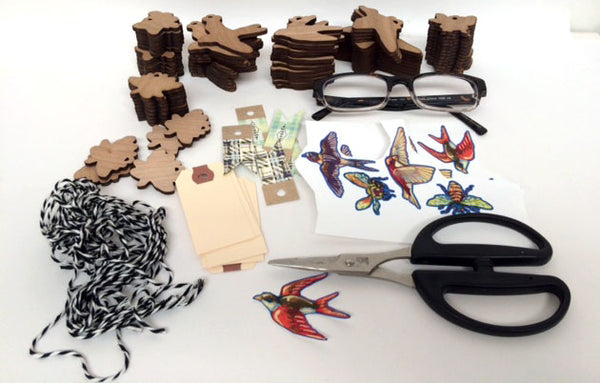





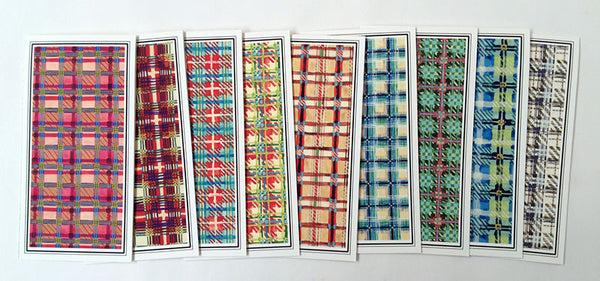








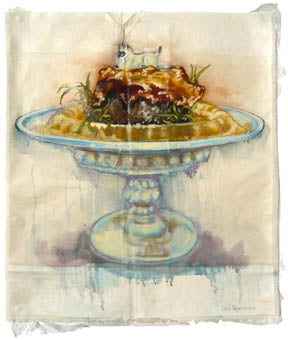

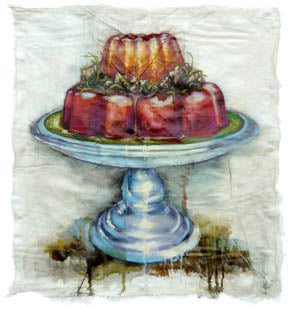


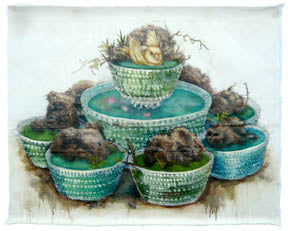
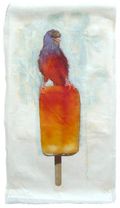


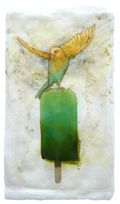

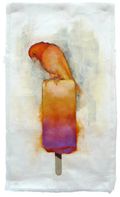
 Soup 48" x 64"
Soup 48" x 64"  Spoon 26" x 39"
Spoon 26" x 39"  Pasta with Clam Sauce 47" x 70"
Pasta with Clam Sauce 47" x 70"  Cupcake 56" x 38"
Cupcake 56" x 38"  Banana Split 53" x 54"
Banana Split 53" x 54"